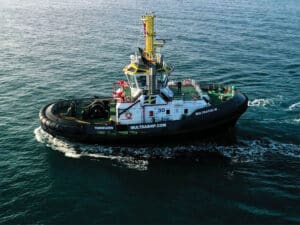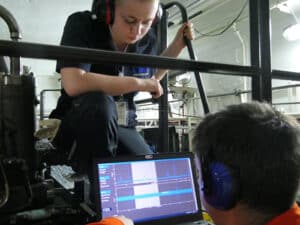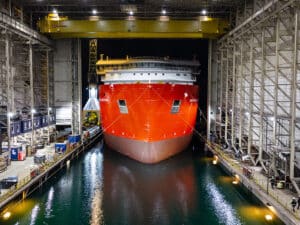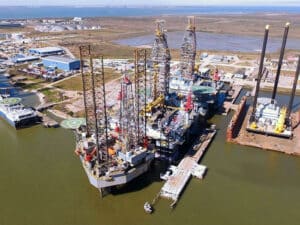
BOEM moves ahead on Maryland offshore wind project
Written by Nick Blenkey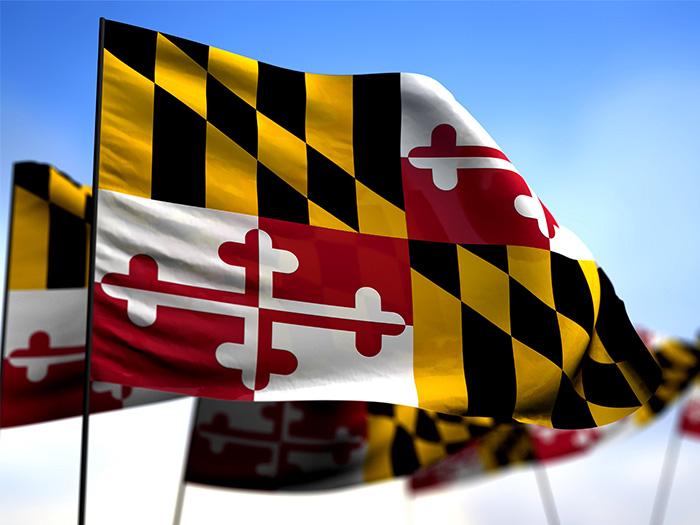
Image: Adobe Stock
Continuing the momentum to achieve the Biden administration’s goal of deploying 30 gigawatts of offshore wind energy capacity by 2030, the Department of the Interior today announced that the Bureau of Ocean Energy Management (BOEM) will conduct an environmental review of the first proposed wind energy project offshore Maryland.
This week, the Department will publish a Notice of Intent (NOI) to prepare an Environmental Impact Statement (EIS) for the Construction and Operations Plan (COP) submitted by US Wind, LLC (US Wind). This is the 10th offshore wind energy COP review initiated under the Biden administration.
The lease area is approximately 10 nautical miles off the coast of Ocean City, Maryland, and approximately nine nautical miles offshore Sussex County, Delaware. If approved, the development and construction phases of the US Wind project could support up to an estimated 2,679 jobs annually over seven years.
The publication of the NOI opens a 30-day public comment period through July 8, 2022 as part of the process to help BOEM determine the scope of its environmental review.
Highlights from US Wind’s proposal include the following:
- Construction and operation of an offshore wind project with a total capacity between 1,100 and 2,000 megawatts of wind energy to the Delmarva Peninsula, which could power as many as 650,000 homes in Delaware, Maryland and Virginia each year.
- Installation of up to 121 turbines, up to four offshore substation platforms, one meteorological tower and up to four offshore export cable corridors, which are planned to make landfall at 3 R’s Beach or Tower Road in the Delaware Seashore State Park in Rehoboth Beach, Delaware.
The NOI public comment period will help identify what BOEM should consider as part of its environmental review of US Wind’s COP. Throughout the scoping process, multiple opportunities exist to help BOEM determine the important resources and issues, impact-producing factors, reasonable alternatives and potential mitigating measures that should be analyzed in the EIS.
More, including the US Wind COP, HERE

